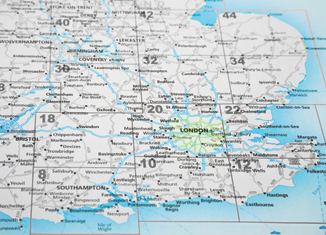When it comes to building more homes, and the rules that local authorities need to follow with regards to planning approvals, among the changes proposed by the newly elected Labour Government is a new Standard Method (SM). If adopted, it will lead to a boost in housing delivery, according to a new report by Lichfields entitled: A new Standard Method: Stocking up?, which was released at the end of July.
The SM for local housing need has a long history, which started with the introduction of the National Planning Policy Framework (NPPF) in 2012. This transferred the responsibility of determining local housing needs and housing requirements to local planning authorities. However, whilst guidance on how housing needs should be assessed was first published in 2014, local authorities adopted a broad range of approaches, and establishing housing need quickly became one of the most time-consuming and costly parts of the plan-making process.
The idea for a simple, standardised approach was first suggested in 2016. A year later, the Conservative Government set a target of 300,000 new homes per year by the mid-2020s. In 2018, a revised NPPF was published, which required local authorities to use the ‘standard method’ for informing strategic policies, unless exceptional circumstances justified an alternative approach.
In 2020, the Government proposed changes to the SM but at the end of the year it backtracked and instead retained the existing method but with a ‘fix’ to incorporate a 35% uplift to the 20 largest urban areas within the SM.
Lastly, at the end of last year, a revised NPPF was published, which added that the outcome of the standard method is an ‘advisory starting point’ for establishing a housing requirement, but that there may be ‘exceptional circumstances’ which justify a different approach.
The current Standard Method
It appears then, that despite being under almost constant review since it was formally introduced in 2018, the Standard Method has proved very difficult to change, as previous attempts to revise it, or even abolish it, have failed.




















